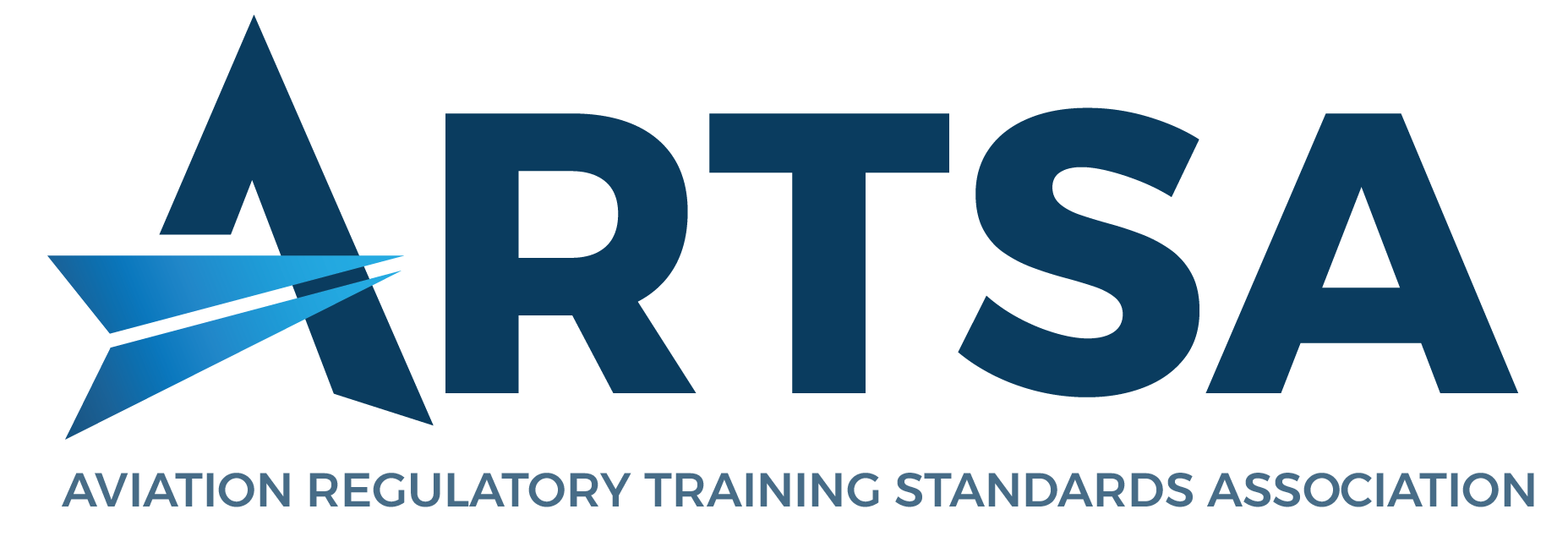
In adult education, particularly in specialized fields like aviation, curriculum design plays a crucial role in shaping what participants learn and how effectively they engage with the material. Curriculum design for adults is not a simple transfer of knowledge; it requires careful adherence to andragogical principles—the framework for adult learning—and a deliberate focus on creating a positive learning atmosphere. By merging these two elements, trainers can foster an environment where participants feel motivated, valued, and equipped to effectively absorb and apply new skills.
The Foundation of Andragogical Principles
Unlike traditional pedagogy, where learning is often teacher-centred, andragogy emphasizes learner autonomy and experiential learning. Adults bring a wealth of prior experience to the learning environment, which is a valuable resource for both the learner and the trainer. The curriculum must, therefore, acknowledge this experience and build on it to ensure the learning is relevant, contextual, and engaging.
Key principles of andragogy include recognizing the learner’s need to know why something is important, allowing them to direct their learning journey, and providing opportunities for problem-solving and immediate application of knowledge. By embedding these principles into curriculum design, trainers can meet the unique needs of adult learners and make the learning experience meaningful.
The Objectives of Curriculum Design for Adults
Designing a curriculum for adults requires clarity in objectives. A well-crafted curriculum does more than outline topics; it provides a roadmap that aligns with the learners’ goals and the organization’s needs. In the context of aviation, for instance, curriculum objectives might include improving safety protocols, enhancing decision-making skills, or ensuring compliance with regulatory standards.
To achieve these outcomes, the curriculum must:
- Clearly define learning objectives that are measurable, relevant, and aligned with practical applications.
- Incorporate diverse learning activities that cater to various learning styles—visual, auditory, kinesthetic, and reading/writing.
- Allow for adaptability, enabling trainers to modify the content based on participants’ feedback and emerging needs.
By designing the curriculum with these objectives in mind, trainers can ensure that the learning experience is both structured and flexible, addressing the dynamic nature of adult education.
Challenges in Implementing Andragogical Principles
Despite its many advantages, curriculum design grounded in andragogy presents challenges. Adults often have diverse expectations, learning preferences, and levels of prior knowledge. A one-size-fits-all approach rarely works, and trainers must balance these differences within a cohesive learning framework.
Another challenge is maintaining relevance and motivation. Adults are goal-oriented and need to see the immediate value of the training. Engagement can wane if the curriculum appears abstract or disconnected from their professional reality. Trainers must work to make the learning content relatable, using real-world examples and scenarios that mirror the participants’ experiences.
Time constraints also pose a challenge. Many adult learners juggle professional responsibilities alongside training. The curriculum must be designed to maximize efficiency, focusing on delivering high-impact content in a manageable timeframe.
Creating a Positive Learning Atmosphere
A well-designed curriculum is only as effective as the learning environment in which it is delivered. To create a positive learning atmosphere, trainers must consider the physical, social, and emotional aspects of the environment.
For instance, the physical setup of the training space can influence communication and engagement. Arranging the room to encourage collaboration—such as circular seating or small group tables—fosters interaction and inclusivity. Ensuring that the environment is comfortable, well-lit, and free of distractions further enhances the learning experience.
Equally important is the social environment. Trainers play a key role in setting the tone for the session. From the outset, they must establish rapport with participants, making them feel valued and respected. Techniques like icebreakers, open discussions, and clear ground rules help build trust and reduce anxiety, creating a space where learners feel safe to share their thoughts and ask questions.
Finally, a positive learning atmosphere thrives on feedback and adaptability. Regularly checking in with participants to gauge their understanding and address concerns ensures that the curriculum remains effective and engaging. Encouraging learners to share their experiences and perspectives enriches the session and empowers them to take ownership of their learning.
Best Practices for Curriculum Design
To successfully merge andragogical principles with a positive learning atmosphere, trainers can follow these best practices:
- Set Clear Expectations: Outline the training’s purpose, structure, and goals at the start to align participants’ expectations.
- Incorporate Active Learning: Use interactive methods such as group discussions, role-playing, and problem-solving exercises to keep learners engaged.
- Make Learning Relevant: Connect training topics to real-world applications using case studies and examples from the participants’ professional context.
- Encourage Collaboration: Promote peer learning by fostering discussions and group activities.
- Provide Continuous Feedback: Create opportunities for learners to provide and receive feedback, ensuring that the curriculum evolves in real time to meet their needs.
The Outcome of Effective Curriculum Design
When designed with pedagogical principles and a positive learning atmosphere in mind, a curriculum becomes more than just a guide—it becomes a tool for transformation. Participants leave with new knowledge, confidence, and motivation to apply what they have learned in their professional lives.
For trainers, the reward lies in seeing their participants succeed, knowing that their designed curriculum has made a meaningful impact. By prioritizing relevance, engagement, and collaboration, trainers can ensure that their sessions are educational and truly empowering. In aviation, where the stakes are high, such an approach to curriculum design is not just beneficial—it’s essential.
